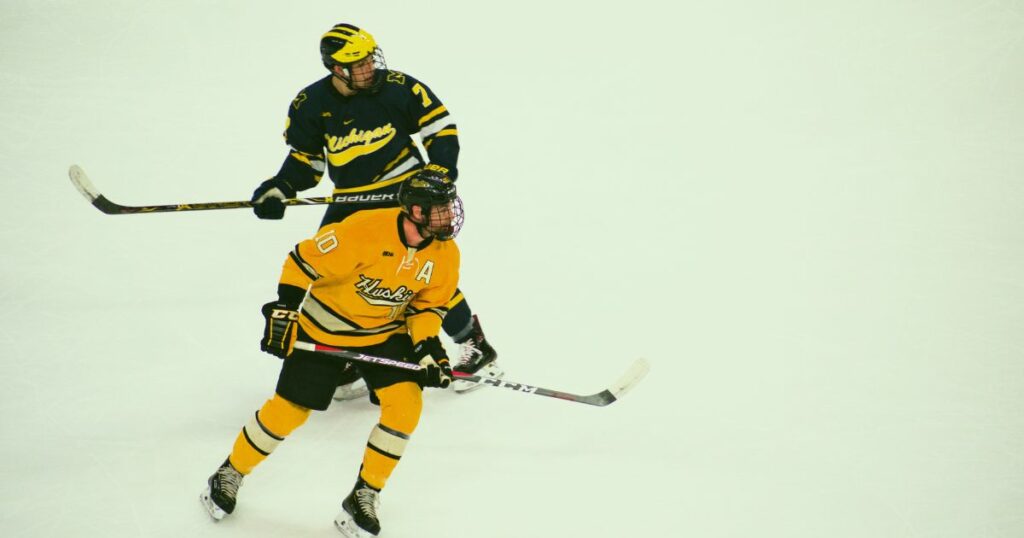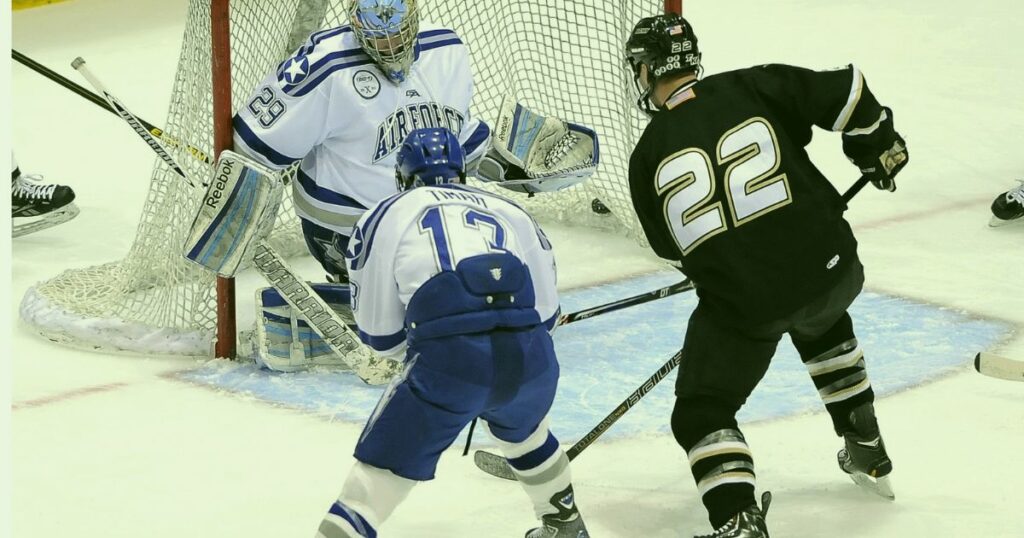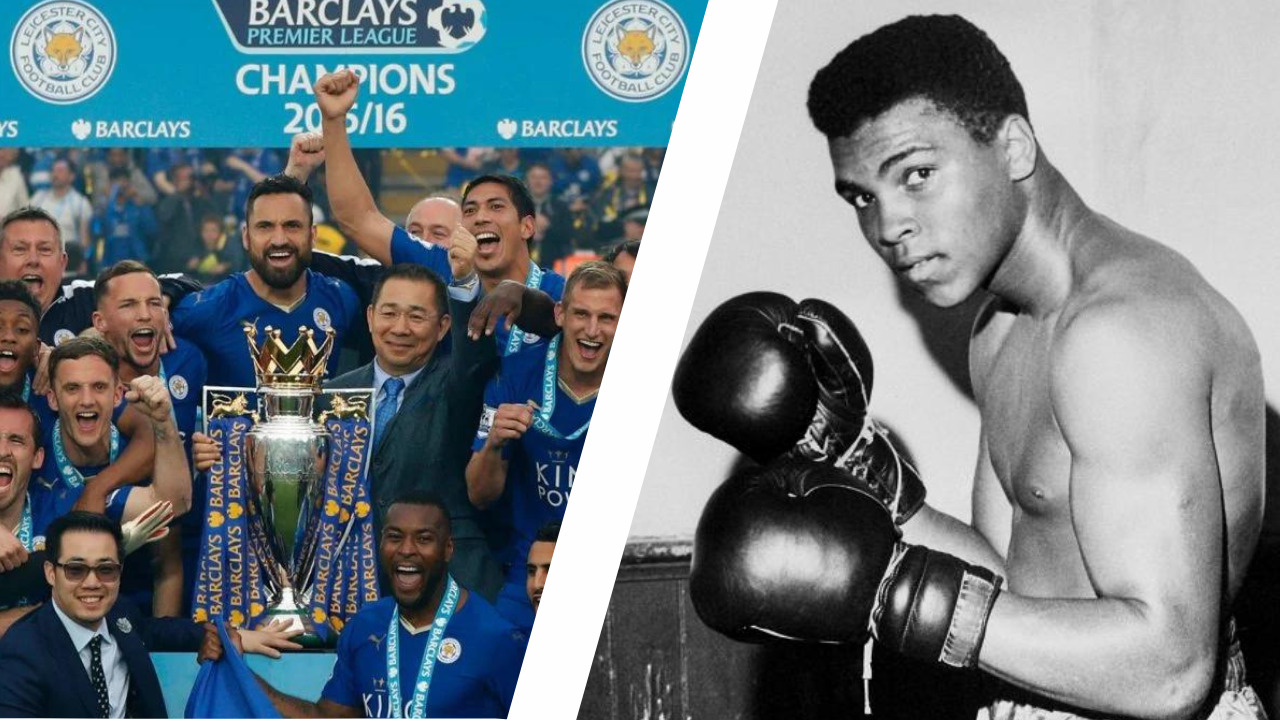This is a funny term that often comes up during a hockey game with commentators talking about it? What does hockey sin bin mean? Why should you know it? Let’s go over all the aspects of this unusual yet funny term in hockey.
What’s really the sin bin in hockey?
In hockey, the term hockey sin bin or “Sin Bin” refers to the place where players are required to stand after committing a penalty. So the funny equal term of ‘penalty box’ is “sin bin.”
A hockey player who commits a penalty will spend a few minutes in the penalty box. And there are different sorts of actions that make a player spend time in the hockey sin box (or penalty box).
Where does the term come from?
The funny term first appeared in British schools. Similarly, As a hockey player is punished and sent to the sin box, students used to get sent to the sin box, a separate spot in the school, for wrongdoing.
What happens to the hockey player who’s sent to the sin bin?
So what comes next for the player who’s given a sin bin? The player spends a few minutes in the sin box and their team is going to play in this time with a player down, which is often called ‘powerplay’ in hockey.
And it’s no surprise that the short-handed team will spend this time defending and just damping the puke and keeping away from their zone with all their might.
The team playing one fewer player, during the powerplay, can’t be penalised for icing, and that’s why they can dump the puck and send it away from their zone.

All the different penalty types
A player will always be sent to the penalty box as a result of a penalty, although the length of time can vary based on the type of penalty that was committed. Let’s go over all the possible scenarios.
Two minute minor penalty
The two-minute-minor is the most frequent penalty and its punishment is the least harsh: the player who commits a penalty (as you already might have guessed) they will be asked to stay in the sin box for two minutes.
A two-minute minor usually translates into a five-on-four powerplay, but if two teammates take minor penalties within two minutes of one another, the opposition team will be in a five-on-three situation.
The penalty is ended if the opposition side scores while a hockey player is in the penalty spot for a minor penalty. If a goal is scored while two players are in the penalty box, the player with less time remaining in his penalty will be removed. In hockey, minor penalties like hooking, tripping and roughing are frequently called.

Double minor penalty
The only difference between double minor penalties and minor penalties is that the time spent in the box is doubled. It’s a four-minute player disadvantage for the one team.
One of the double minor penalties will be eliminated if the team with the man advantage scores. The most frequent double minor penalties are those for high sticks that cause a player to bleed.
Major penalty
Major penalties are those that give the opposition team the longest man advantage. A player must spend five minutes in the sin bin after committing a serious penalty.
The punished player must remain in the box for the entire five minutes during which the other team is free to score as many goals as they like.
A five minute major penalty is frequently imposed on players who are dismissed from a game. In these circumstances, a teammate must serve the five minutes in the box on their behalf.
Bottom line
Playing at the top level isn’t an easy task, and we all feel fortunate that we don’t spend time in the sin box for wrongdoing at work.
FAQ about hockey sin box
Here is a common question that comes up about hockey sin box.
How long is a sin-bin in ice hockey?
It depends on the penalty that the player commits each time. We cover all the different scenarios above and the time players should spend in the penalty box.

Place your bets on BetUS or MyBookie for USA residents.
For people outside of USA use BetWinner (Get 130% bonus).
For more sports bets join our Telegram channel or follow our bettors on Twitter.
Open the Betting or Sportsbooks section for more articles and reviews.









